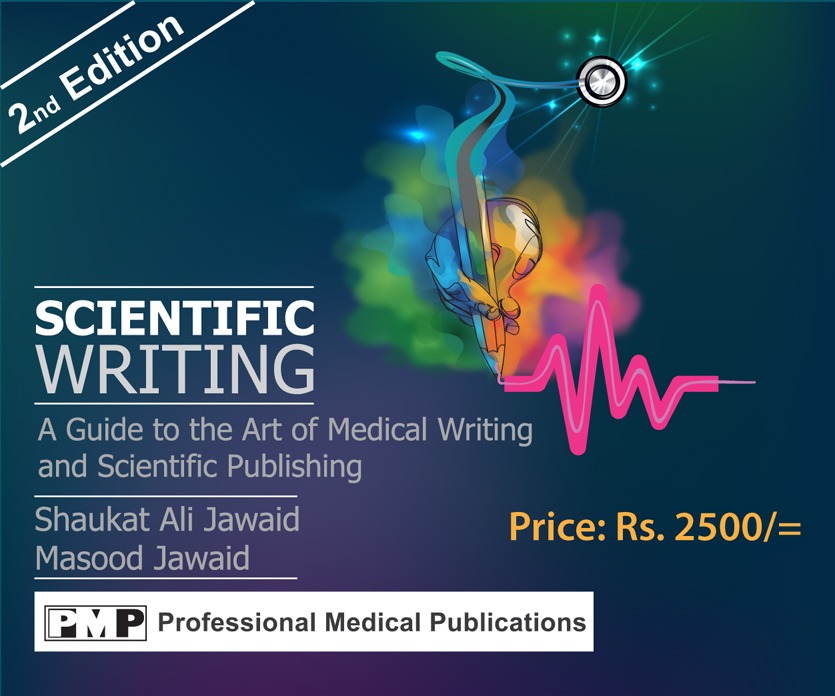

Shaukat Ali Jawaid
There is a general perception that a Review article can only be written by a subject expert who had himself/herself done some research work in that particular field which is not true. A review can also be written by early career researchers and graduate students but under the guidance of a mentor or supervisor. In fact, writing a Review article is considered a good way to master the literature in a particular area of study.
Collaborative teams can also write Review Articles wherein teams from different disciplines write reviews to integrate knowledge across different fields. Yet another category of authors who can write Reviews is researchers who notice some confusion, disagreement or some fragmentation in existing literature who can then help clarify the landscape. Of course, established researchers and academicians with deep knowledge of the subject are the best to write a Review article. They have the competence to synthesize diverse studies and offer meaningful interpretation.
A review article is supposed to have clear scope and objective. It must define the topic besides purpose of the review. It should also explain why this review was required i.e. summarizing the recent advances, identifying controversies, suggest future research. Before writing a review, the authors are supposed to do a comprehensive literature search using systematic and transparent methods to collect relevant studies. It should clearly state the databases searched, time period of search, key words used, inclusion and exclusion criteria specially in systematic reviews.
It should start with introduction followed by thematic discussion, methods followed by conclusion. The chronological, thematic or methodological organization depending on the topic. The authors are supposed to avoid bias and promotional tone and represent differing viewpoints fairly. They must evaluate the quality, limitations and implications of the research, identify gaps, contradictions and strength in the existing literature. They must include the most recent and relevant studies and provide context by referencing foundational work as well. The Review should use visuals to summarize large amounts of information, show the trends and propose frameworks. In the conclusion section, the Review must highlight key takeaways besides suggesting areas for future research or policy and practice implications. Every study quoted must be properly referenced which should be as per the journal requirement to which the review has to be submitted.
There are different types of Reviews which are as under:
Narrative Reviews: It is a broad summary without systematic methods. It provided comprehensive, qualitative summary of existing research on a particular topic. Unlike systematic reviews, these reviews do not follow a strict methodology for searching and selecting studies. On the contrary they are more flexible and interpretive. They are often used to summarize the current knowledge, highlight the key findings or controversies and provide context or theoretical background.
Scoping Reviews: It explores the extent and nature of research activity. This is a type of knowledge that synthesis the aims to map the key concepts, type of evidence besides gaps in research related to a defined topic. These reviews are particularly useful when the topic is complex, heterogenous or has not been extensively reviewed before.
Systematic Review: These are structured, replicable and often follows PRISMA Guidelines. In this the authors collect and critically analyze multiple research studies or papers on a particular topic using a structured and structured pre-defined methodology. The objective is to summarize the best available evidence on a particular research question. Systematic review is comprehensive, transparent and reproducible method of identifying, evaluation and synthesizing all relevant studies on a particular research question using clearly defined criteria a method. They are commonly used in healthcare, social sciences, education and policy making to inform evidence-based decision making.
Meta Analysis: They are Quantitative synthesis of results from multiple studies.



